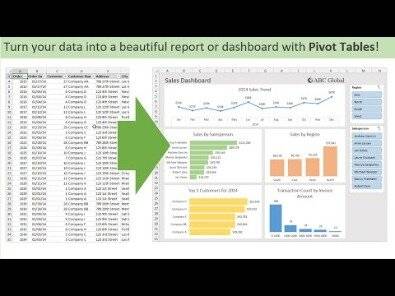Content

Duplicated returns a logical vector indicating which rows of adata.table are duplicates of a row with smaller subscripts. When there are no obvious errors, deciding which rows to keep and which to drop can be really tricky. In this situation the best advice I can give is to be systematic in your approach. So, something like always keeping the first row among a group of duplicate rows. However, keep in mind that if rows are ordered by data, this strategy could easily introduce bias.

In this article, we discuss 3 ways to repeat rows in R. We can see clearly we have calculated the number of duplicates in the data frame. Lets us assume we have a data frame with duplicate data, and we have to find out the number of duplicates in that data frame. Here we will use duplicated() function of R and dplyr functions.
Finding the unique values in the dataframe
Only the date column is used for this search of duplicate rows. This will allow us to look for near duplicates for any date that more than one air accident occurred on. Very often in your datasets you have a situation where you have duplicated values of data, when one row has same values as some other row. We used the row_number() to sequentially count every row in each of the little data frames created by group_by_all(). We assigned the sequential count to a new column named n_row.
It is instead accomplished directly and is therefore quite fast. Data.table provides setNumericRounding to handle cases where limitations in floating point representation is undesirable. Let’s also learn how to count duplicate NaN values in a DataFrame using pivot_table() function. First, let’s see what happens when we have NaN values on a column you are checking for duplicates. If have two more rows that are partial duplicates, then you will want to look for obvious errors in the other variables.
Find how many times duplicated rows repeat in R data frame [duplicate]
There are several actions that could trigger this block including submitting a certain word or phrase, a SQL command or malformed data.
CRISPR-based engineering of phages for in situ bacterial base … – pnas.org
CRISPR-based engineering of phages for in situ bacterial base ….
Posted: Mon, 07 Nov 2022 20:52:34 GMT [source]
The search for nearly duplicate observations often uncovers inconsistencies in the data. Correcting these inconsistencies is needed when the observation is not being removed. The tools to correct these nearly identical observations will be covered in the remaining chapters. But when we specify the column, we often get rid of quite a lot of rows.
How to Count Duplicates in Pandas DataFrame
This creates a new column in our data frame that has the value TRUE when the row is a complete duplicate and the value FALSE otherwise. Alternatively, you can also use the SLICE() and REP() functions to repeat all rows from a data frame. An advantage of this method is that you can duplicate one data frame multiple times (which is not possible with the BIND_ROWS() function). First, sort the row times and find consecutive times that have no difference between them. Times with no difference between them are the duplicates. Index back into the vector of row times and return a unique set of times that identify the duplicate row times in uniqueRowsTT.

Filter into your R console to view the help documentation for this function and follow along with the explanation below. Argument should be a row numbers you want returned to you. Slice into your R console to view the help documentation for this function and follow along with the explanation below. Rename into your R console to view the help documentation for this function and follow along with the explanation below.
If each each iteration is independent, then you can cycle through them in whatever order you like. Generally, we argue that you should only use the generic looping Find How Many Times Duplicated Rows Repeat In R Data Frames for, while, andrepeat when the order or operations is important. Finally, you can resample data from an irregular timetable to make it regular by using the retime function. For example, you can interpolate the data from meanTT onto a regular hourly time vector.
- I think it makes your code easier to read (i.e., “Oh, he’s selecting all the side effect columns here.”).
- For example, the last row of goodRowTimesTT has NaN values for the Rain and Windspeed variables.
- We can see that there are 2 duplicate rows in the data frame.
- Select the first row from each set of rows that have duplicate times.
- All computers now contain multiple CPUs, and these can all be put to work using the great multicore package.
The .keep_all attribute is used to retain all other variables in the output data frame. Duplicated() identifies rows which values appear more than once. If you set the value of keep as the boolean value False, then the method will consider all the instances of a row to be duplicates. If you are in a hurry, below are some quick examples of how to count duplicates in DataFrame. Distinct into your R console to view the help documentation for this function and follow along with the explanation below.
So you won’t know if a row is duplicated 5 times or 500 times. Use it with anti_join() to figure out which combinations are missing (e.g., identify gaps in your data frame). Now, we are good to go to find the count of the unique values. In the above illustration you may observe that, the input vector has many duplicate values. You can use the table function in R to get the count of each duplicated gene.
- The tools to correct these nearly identical observations will be covered in the remaining chapters.
- The websiteopenweathermap.com provides access to all sorts of neat data, lots of it essentially real time.
- Lets us assume we have a data frame with duplicate data, and we have to find out the number of duplicates in that data frame.

